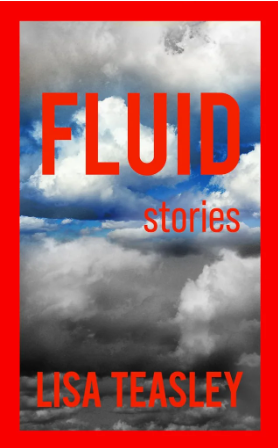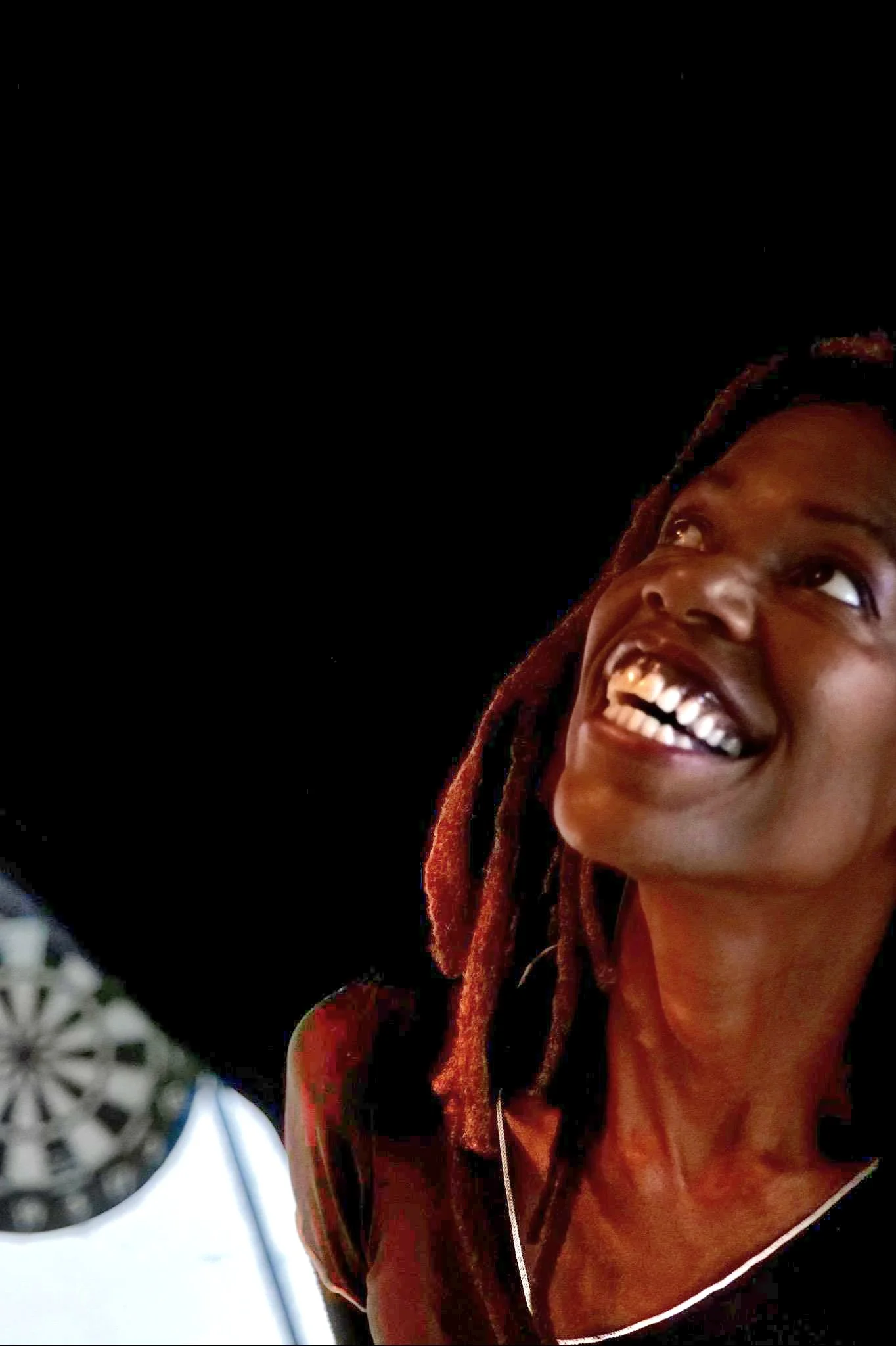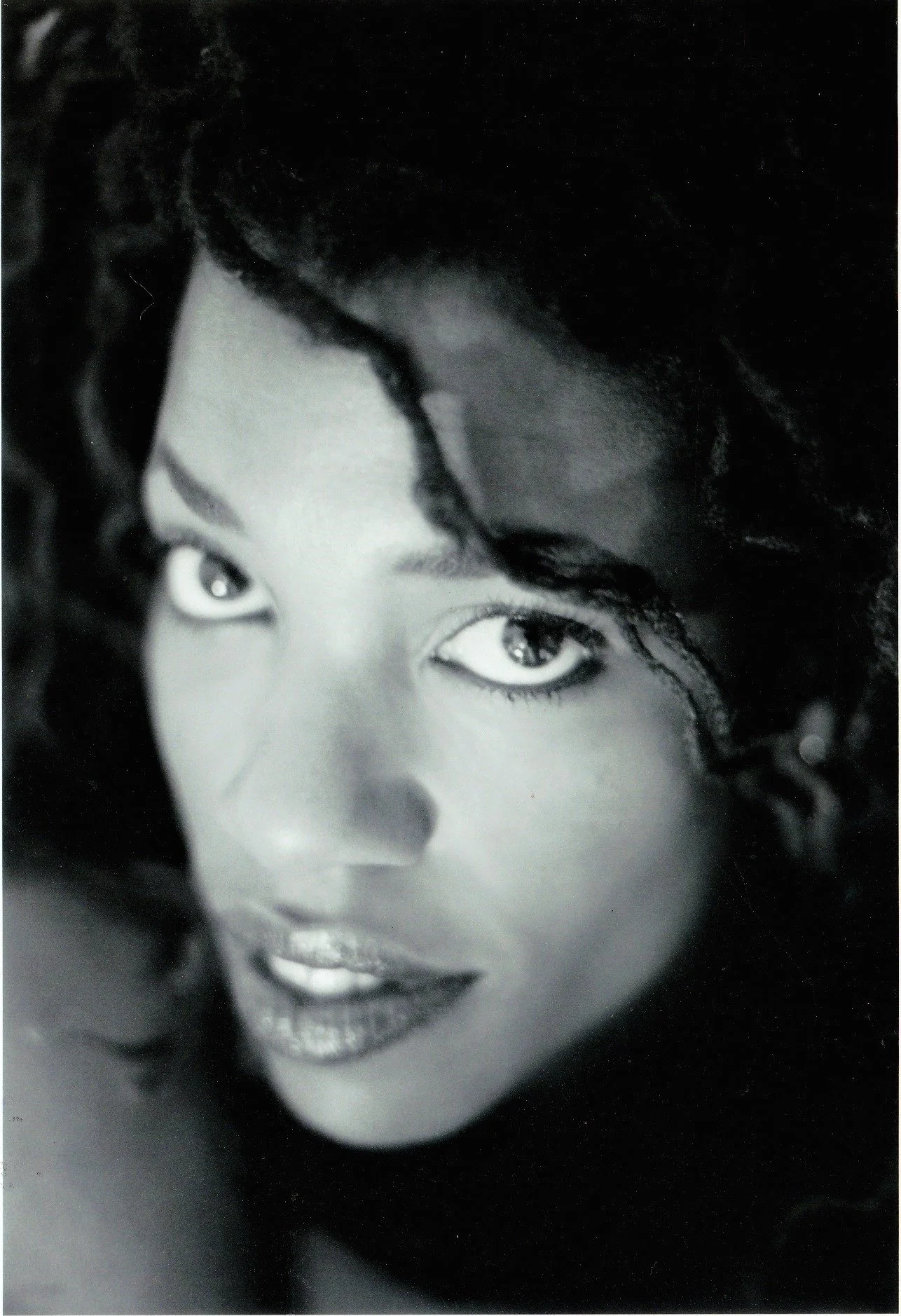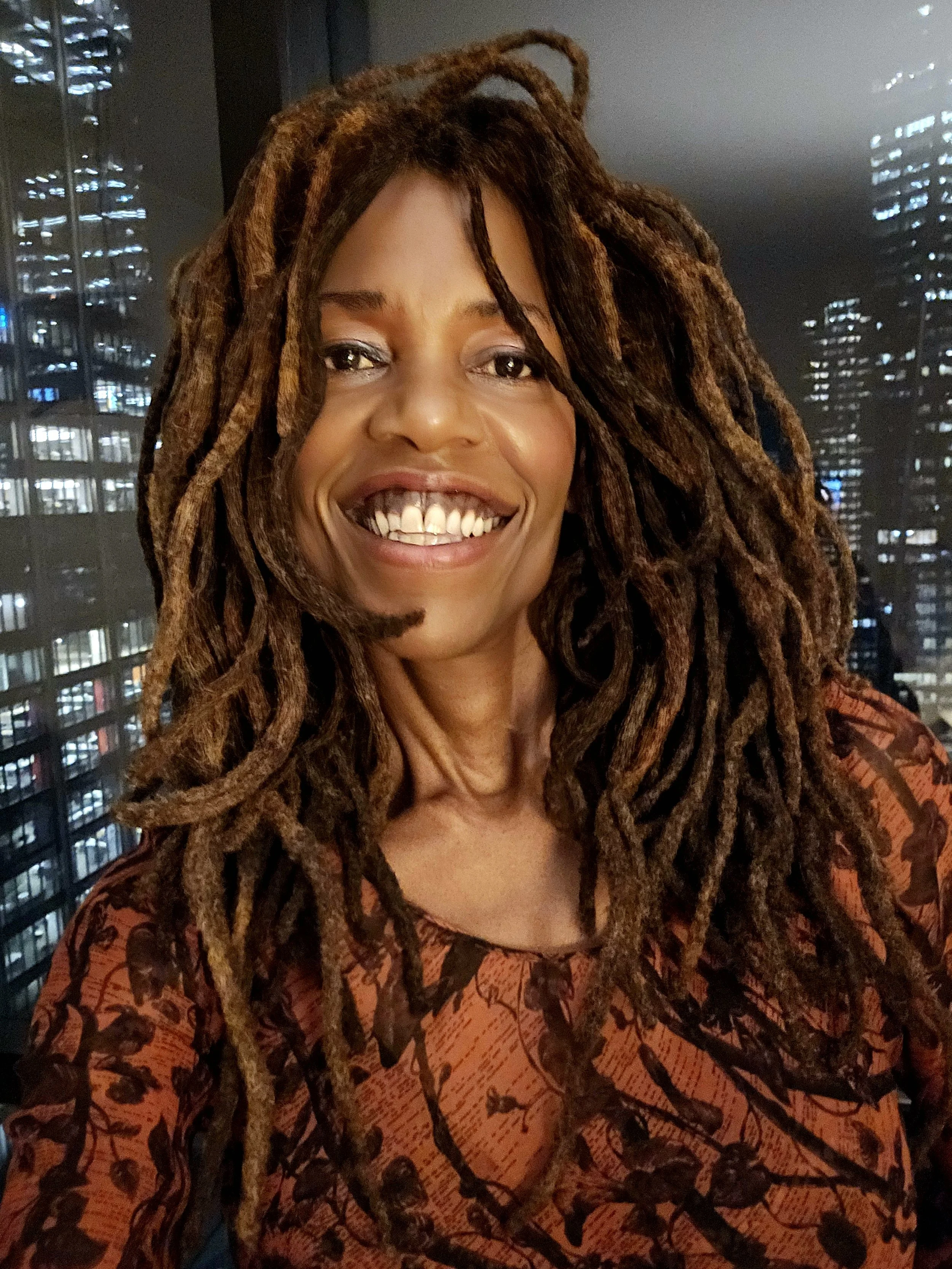Sahtu Press continues our new interview series with writers across the globe to assist intercultural conversations on what it means to be creating in our modern times, finding our own voices, and reaching towards the outermost limits of our imagination. This month we interview acclaimed author and creator Lisa Teasley, who first came to our attention in 2017 presenting at the Pasadena Litfest in California.
A graduate of UCLA and a native of Los Angeles, her critically acclaimed debut Glow In The Dark (Cune, 2002) won the Gold Pen Award and Pacificus Literary Foundation awards for fiction. She has also won the May Merrill Miller and the National Society of Arts & Letters Short Story awards. Her other previous works include Dive (Bloomsbury, 2004) and Heat Signature (Bloomsbury, 2008). She was member of the former art collective HOWDOYOUSAYYAMINAFRICAN, which debuted the film “Good Stock on the Dimension Floor” at the Whitney Biennial 2014. Lisa Teasley was also a fiction editor at the Los Angeles Review of Books until 2021. Her travels have taken her to Indonesia, China, Alaska, and elsewhere across the globe. You can also find one of her stories in the WW Norton anthology, FLASH FICTION AMERICA, 2023 and essays in Europa Editions The Passenger: California, 2022. Teasley is the librettist for the Long Beach Opera “The Passion of Nell,” which will have its world premiere in 2025, and she is the writer and presenter of the BBC Television documentary High School Prom, and most recently released her short story collection Fluid (Cune Press, 2023)

Sahtu Press: Can you tell us a little about yourself, and how did you develop an interest in writing?
Lisa Teasley: When my kindergarten teacher took us to the school library for the first time, I was in awe of the many places I could travel and the people I could get to know between the pages of a book. I decided right there and then that I wanted to be a storyteller in communication with the world. As I got older, I considered writing, music, and all expressions of art, really, to be a kind of bridge-building between cultures and peoples, helping to create understanding in the world.
SP: What are some of your favorite things to study, and how has this influenced your approach to writing?
LT: One example of study is a paper the philosopher Nick Bostrom wrote on the question of informed consent for AI, in consideration of its rights as worker. I had been well aware of the earlier warnings of—in not considering its rights—this being equal to creating a slave race that would eventually revolt. All of the earlier warnings of AI takeover. While writing the short story “Death is Beautiful,” which is the first story in FLUID, I was looking at the worlds of transhumanism, robotics, and the question of AI as conscious, and how all of these matters impact humanity, mortality and ethics, and Bostrom was one of the thinkers I studied on these subjects, those years ago. On the other hand, another of Bostrom’s earlier papers, “Where Are They? Why I Hope The Search for Extraterrestrial Life Finds Nothing,” feels absurd and naïve; if it were my piece, I would consider it either embarrassing or courageous to keep up on the website, at this point. When congress held disclosure hearings in July 2023 on UFO/UAP, the public seemed to have a collective shrug of the shoulders, like, Duh. It seemed to feel almost trivial, like they were finally showing us a paper in one file among thousands, on a matter made obvious to so many for decades. We do know this is only the very tip of the iceberg of what is to be disclosed in the future. How is it possible that we could ever be the only sentient beings in trillions of galaxies?

SP: Who do you turn to for your literary inspirations?
LT: Throughout the decades of my devoted reading life, I have had passionate affairs with an author where I will exhaust their oeuvres in complete devotion. In my twenties, those were writers such as Marguerite Duras, Anais Nin, Jamaica Kincaid, and Gabriel Garcia Marquez; in my thirties, Toni Morrison, Thomas Bernhard, Jeanette Winterson, Milan Kundera, Clarice Lispector, Yukio Mishima, and more lately Roberto Bolaño and Karl Ove Knausgård. There are actually too many literary affairs to name or count.

credit: Mark Steger
SP: Was there anything that felt really different for you writing Fluid, compared to your previous books?
LT: In Fluid, I paid more attention to the elasticity of time, the naturalness of the supernatural, as well as the issue of choice, whether it be in circumstances as stark or grave as genocide, euthanasia, homicide or as unavoidable such as choices made in romantic relationship, in using AI, or surrogacy.
SP: What has been some advice you’ve given emerging artists and writers lately?LT: The peculiar in you, your individuality and world point of view is what is most important, most trustworthy, and most relatable to an audience about you and your work. I’ve always quoted this far more simply: To thine own self be true.
SP: In what ways has your visual art informed your written work, and vice versa?LT: Only once did I use a painting to explore a character I was writing about. It’s a character in the novel Heat Signature, whose act of rape and murder is so beyond heinous and cruel that I threw up after writing the scene. But I had to write it from a place of non-judgment. And so, I painted his portrait before getting into the scene, because whom we may call “monster” is a human being shaped by society, their environment and conditioning. I’ve worked with a lot of juvenile hall kids, who have told me they have never received a smile or a hug, like the ones I have given them. This to me is tragic and says so much about us as a species, as well as explains much of what we see happening that is so horrific in the world. And so while painting this character, I came to a place of unconditional love and empathy for him. When writing, I am always in a state of empathy for any character. But I wanted to make the point that my writing and visual art are otherwise separate, except for the fact that they both concern human nature, since most of my paintings are portraits.

credit: John Vlautin
SP: Your journey has taken you across the globe and brought you into contact with many creators. What are some interesting ideas you’ve come across recently that you’re thinking of exploring in your future work now?
LT: After having written the commissioned opera libretto while staying with the Maasai in Kenya last spring, I have been thinking even more about the influence of other worlds. The subject of the opera has nothing to do with where I was staying or whom I was staying with, but while there I opened more fully to trusting my intuition. It was the people, particularly the leader of the Maasai, who inspired me to be more open with everyone about my relationship with the unseen. Places I have traveled—such as Bangkok, where I was living parttime, Bali, Shanghai, Nigeria, Germany, Switzerland, etc—have all left their psychic imprint on me. I have always seen terrain as having its own psyche, but this last trip in Kenya really emphasized this. I plan on exploring the felt but the unseen in much more depth.
SP: What’s next for you?
LT: The novel I’m taking notes on right now will most certainly include contact with creators from other star systems, while I don’t think that this will be the main point of it. I think it will explore what it means to be much more open in the world, and to the unknown worlds.

You can follow Lisa Teasley’s work at LisaTeasley.com

